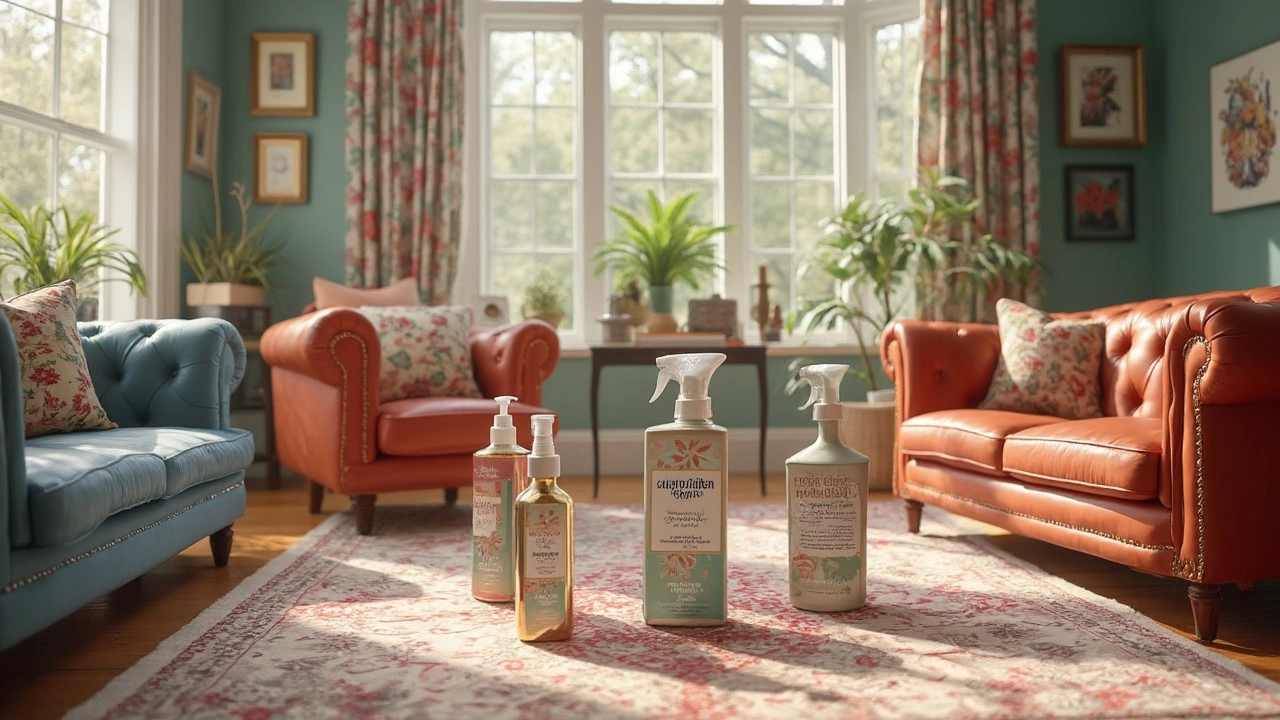Upholstery Cleaners – Quick Tips, DIY Tricks, and When to Call a Pro
Got a couch with coffee rings or a favorite armchair that smells like last night's pizza? You don't need to panic. The right upholstery cleaner can lift stains, erase odours, and bring life back to any fabric. In this guide we’ll break down easy home‑made cleaners, point out what to look for in a professional service, and share common mistakes to avoid.
DIY Upholstery Cleaner Recipes That Actually Work
Most folks reach for a store‑bought spray, but a few kitchen staples can do the job just as well. Mix one part white vinegar with two parts water, add a splash of dish soap, and toss in a teaspoon of baking soda. Put the blend in a spray bottle, test on a hidden spot, then spray gently and blot with a clean cloth. The vinegar cuts grime, the soap lifts it, and the baking soda neutralises odours.
For tougher grease stains, try a paste of baking soda and a few drops of hydrogen peroxide. Let it sit for 15 minutes, then wipe away with a damp cloth. This combo works on oil‑based spills without bleaching fabric. Remember, never soak upholstery – a little moisture goes a long way.
When to Hire Professional Upholstery Cleaning
If your furniture is antique, has deep set stains, or you simply lack the time, a professional service is worth the investment. Look for companies that use low‑foam, low‑moisture extraction methods – they pull out dirt without leaving the fabric soggy. Ask about eco‑friendly cleaning agents; many firms now use biodegradable solutions that are safe for kids and pets.
Fortis Cleaning Solutions, for example, offers a thorough upholstery cleaning that combines enzyme‑based cleaners with high‑powered vacuums. Their technicians also inspect seams and cushions for hidden mould or dust mites, giving you a healthier home environment.
Before you book, check the cleaning tag on your furniture (usually a triangle code). A “W” means water‑based cleaners are safe, while a “S” warns against any liquid. Professional cleaners will respect these symbols, so you won’t accidentally shrink or discolor your sofa.
Finally, ask about the drying time. Good services use air‑circulation fans to speed up drying and prevent mildew. A fully dry couch should be ready to use within a few hours, not a whole day.
Whether you opt for a DIY spray or a pro service, the key is to act fast, test first, and avoid over‑wetting. With the right upholstery cleaner, you’ll keep your furniture looking fresh for years without breaking the bank.

Do Upholstery Cleaners Really Work?
Wondering if upholstery cleaners actually get the job done? Delve into an honest exploration of their effectiveness and find out how they handle various types of stains and materials. Learn about different types of cleaners, tips for using them right, and the science behind how they work. Discover practical advice for choosing the best products for your home. Get ready to see if these cleaners are worth your time and money.
Read More